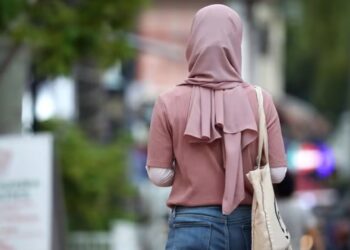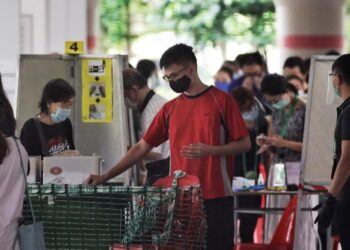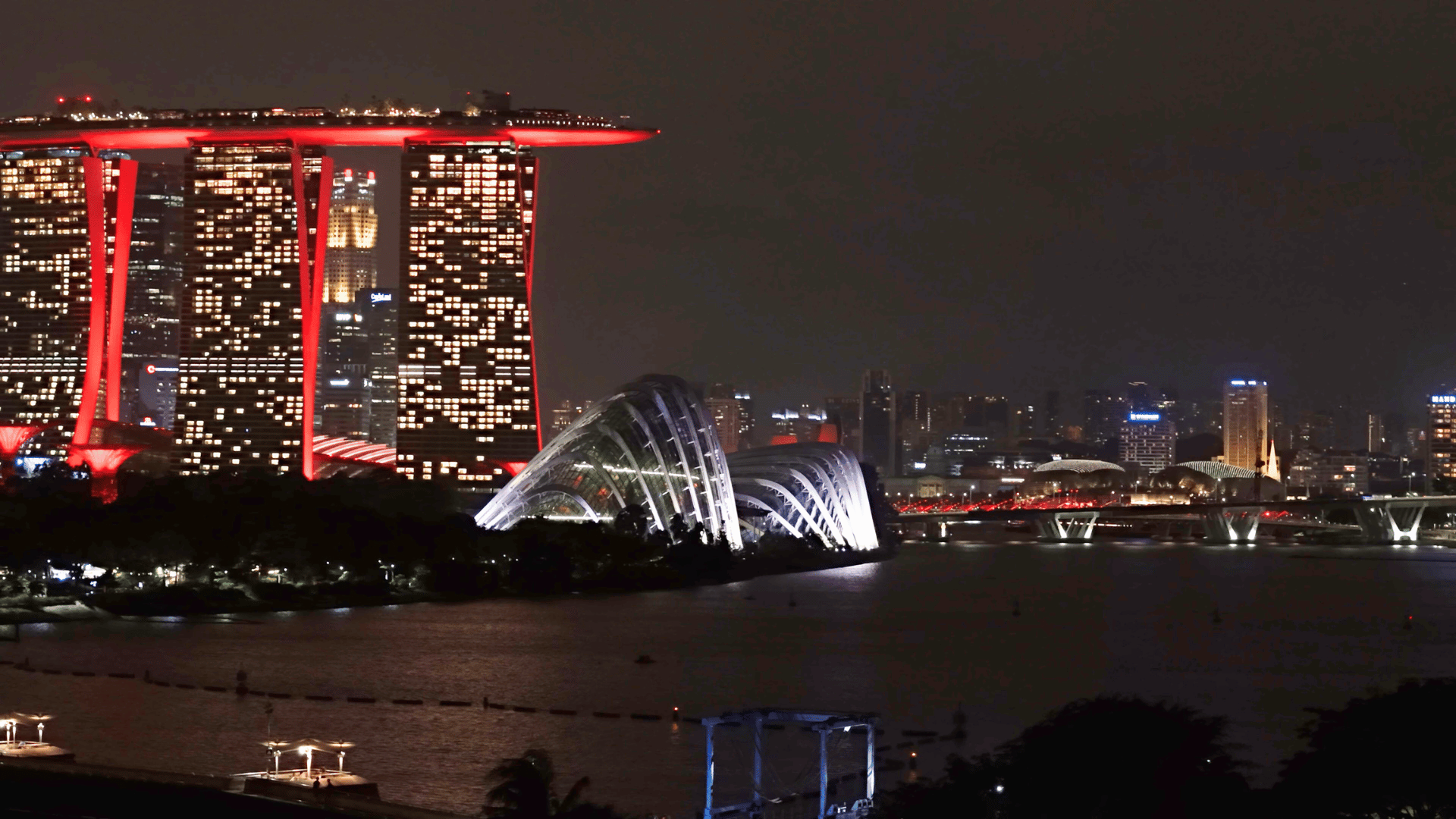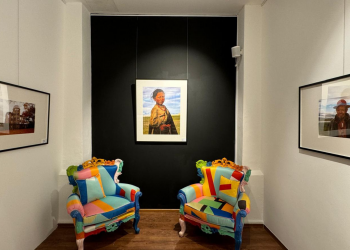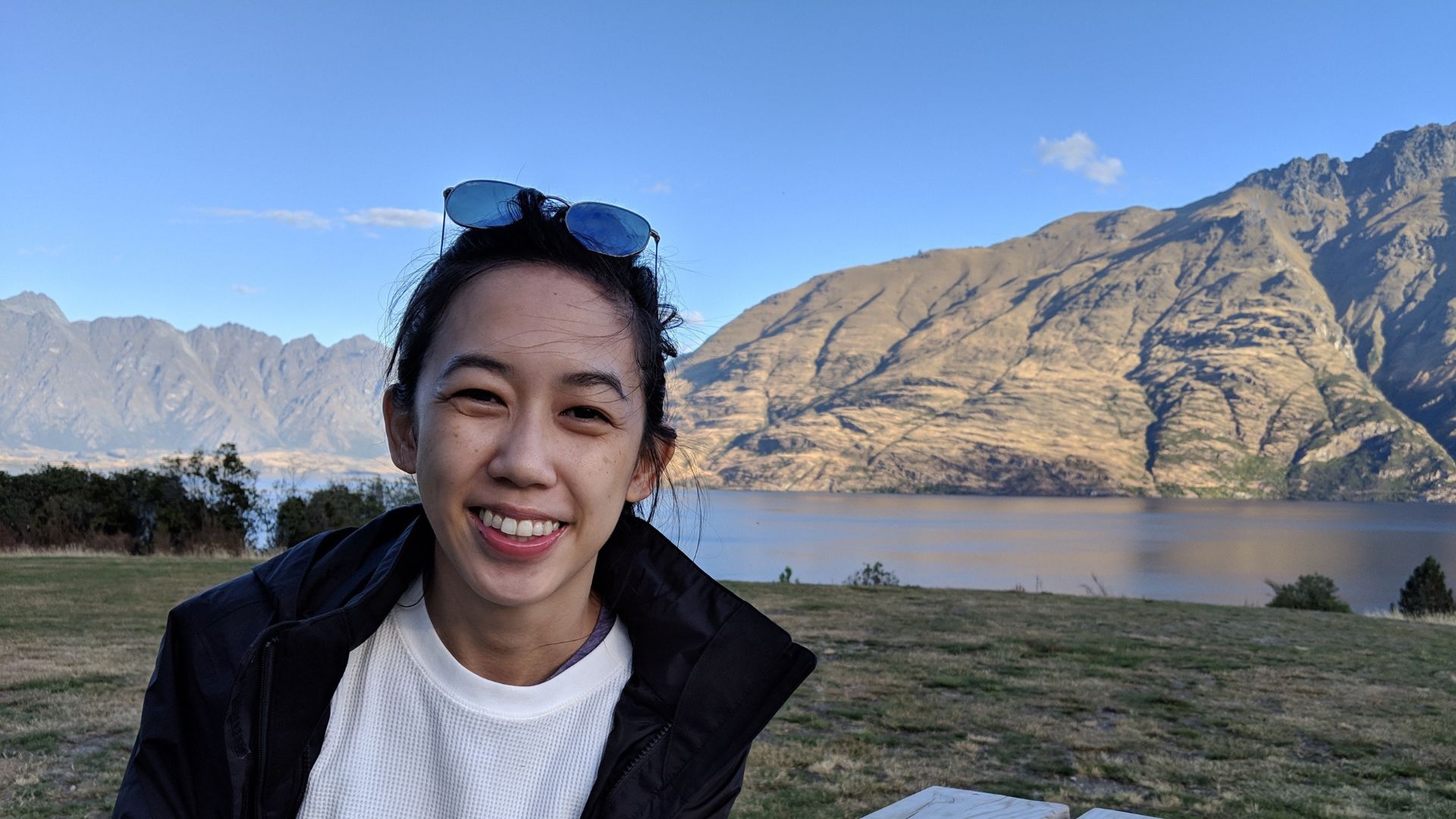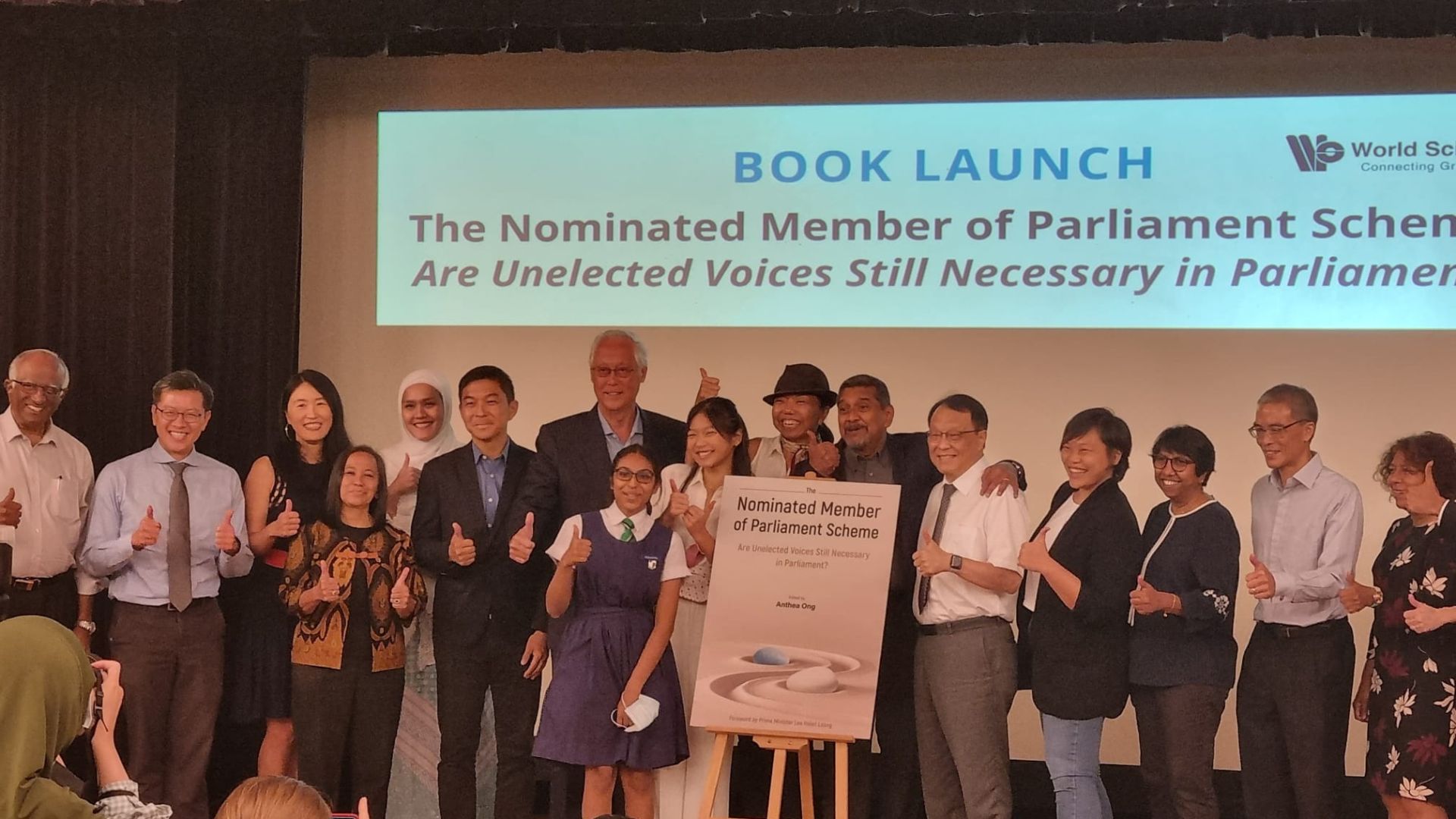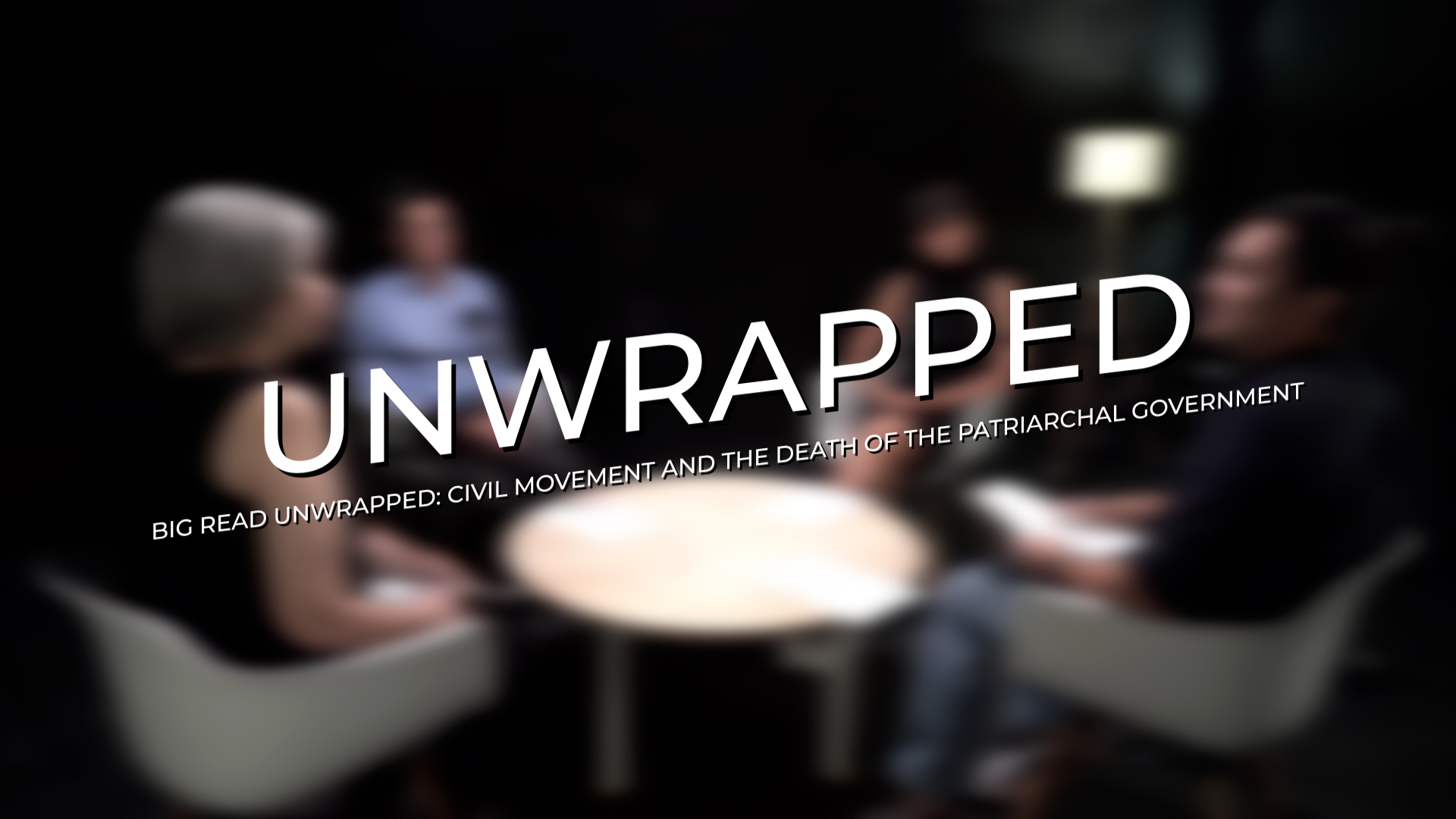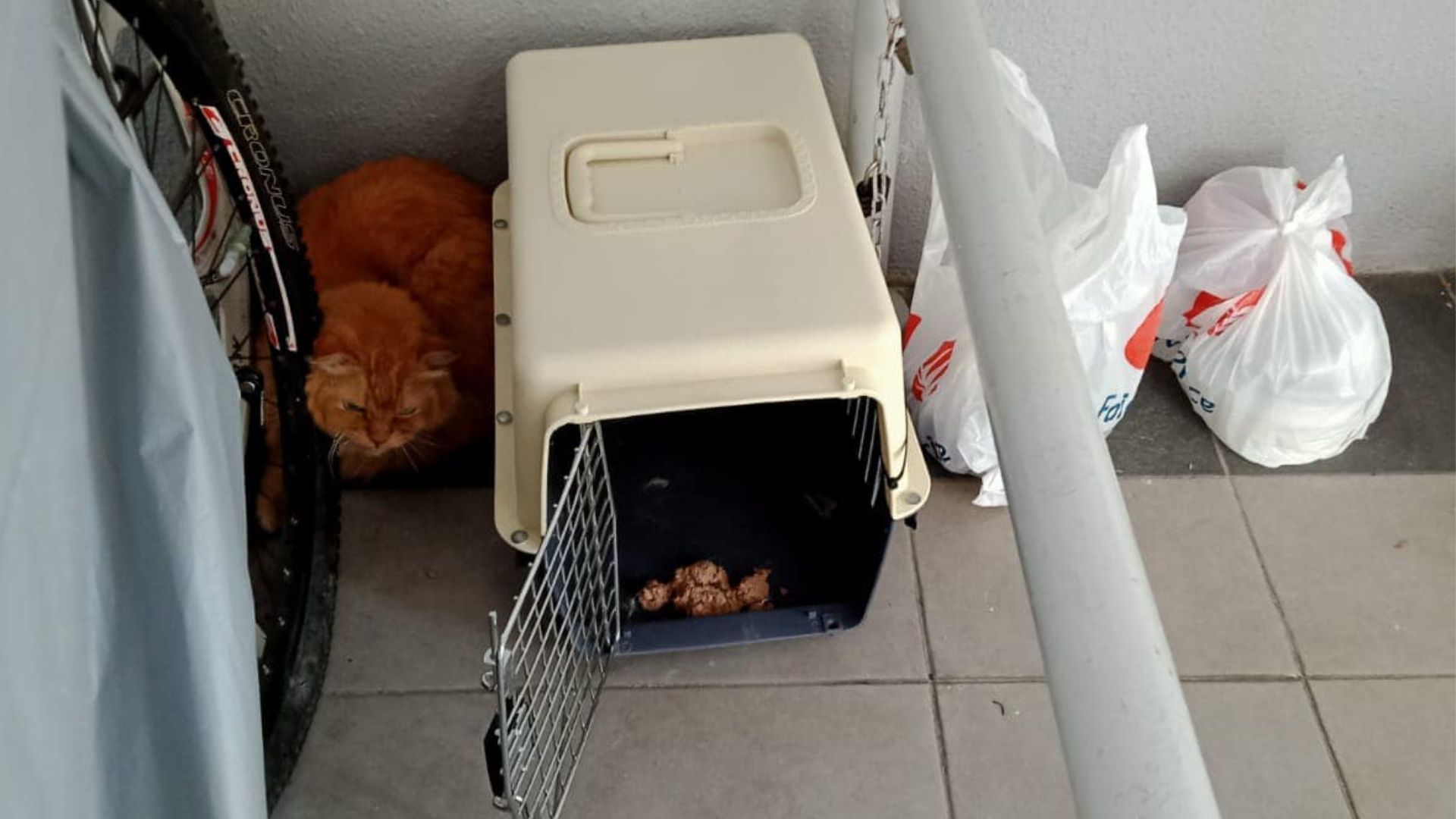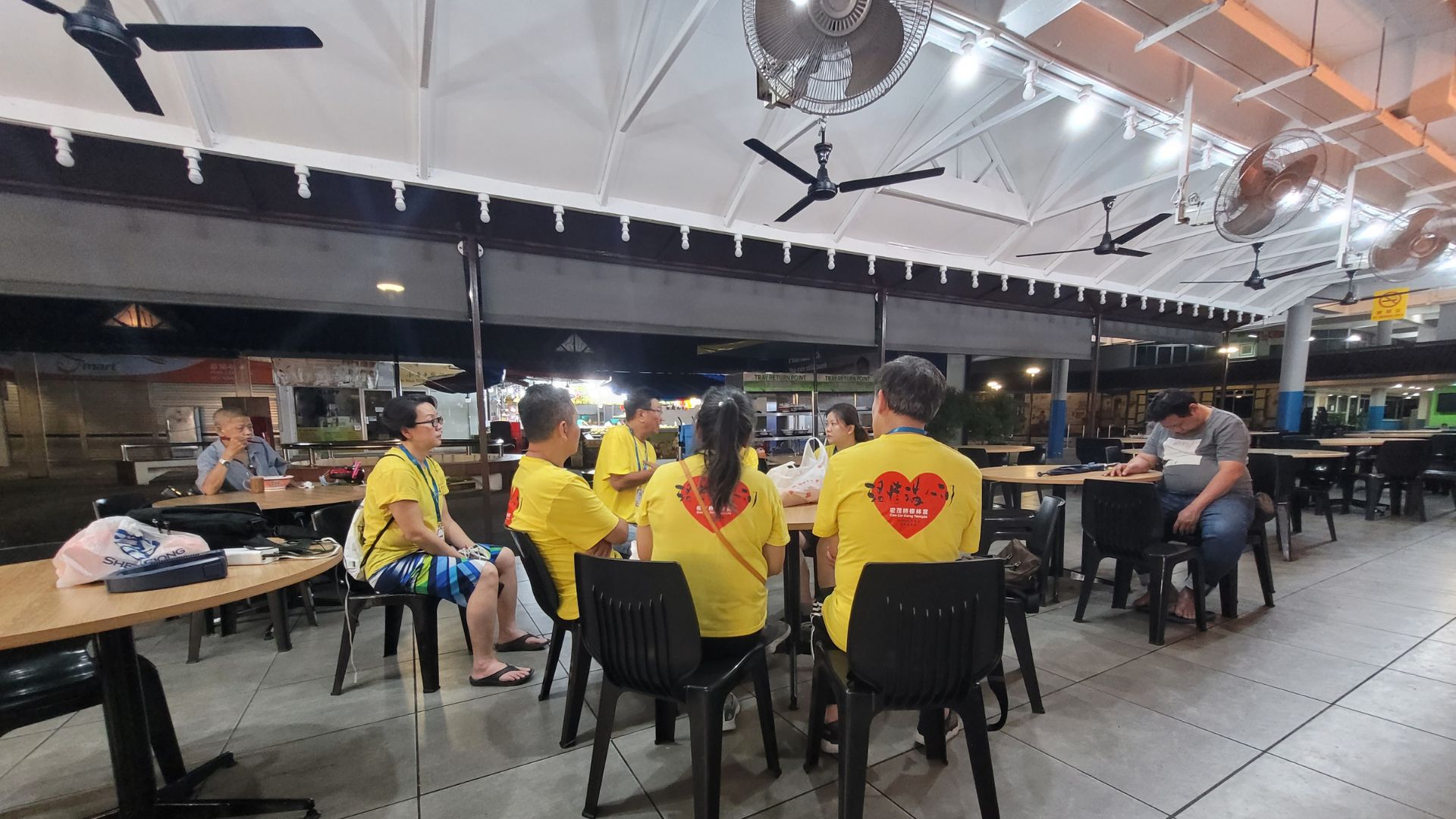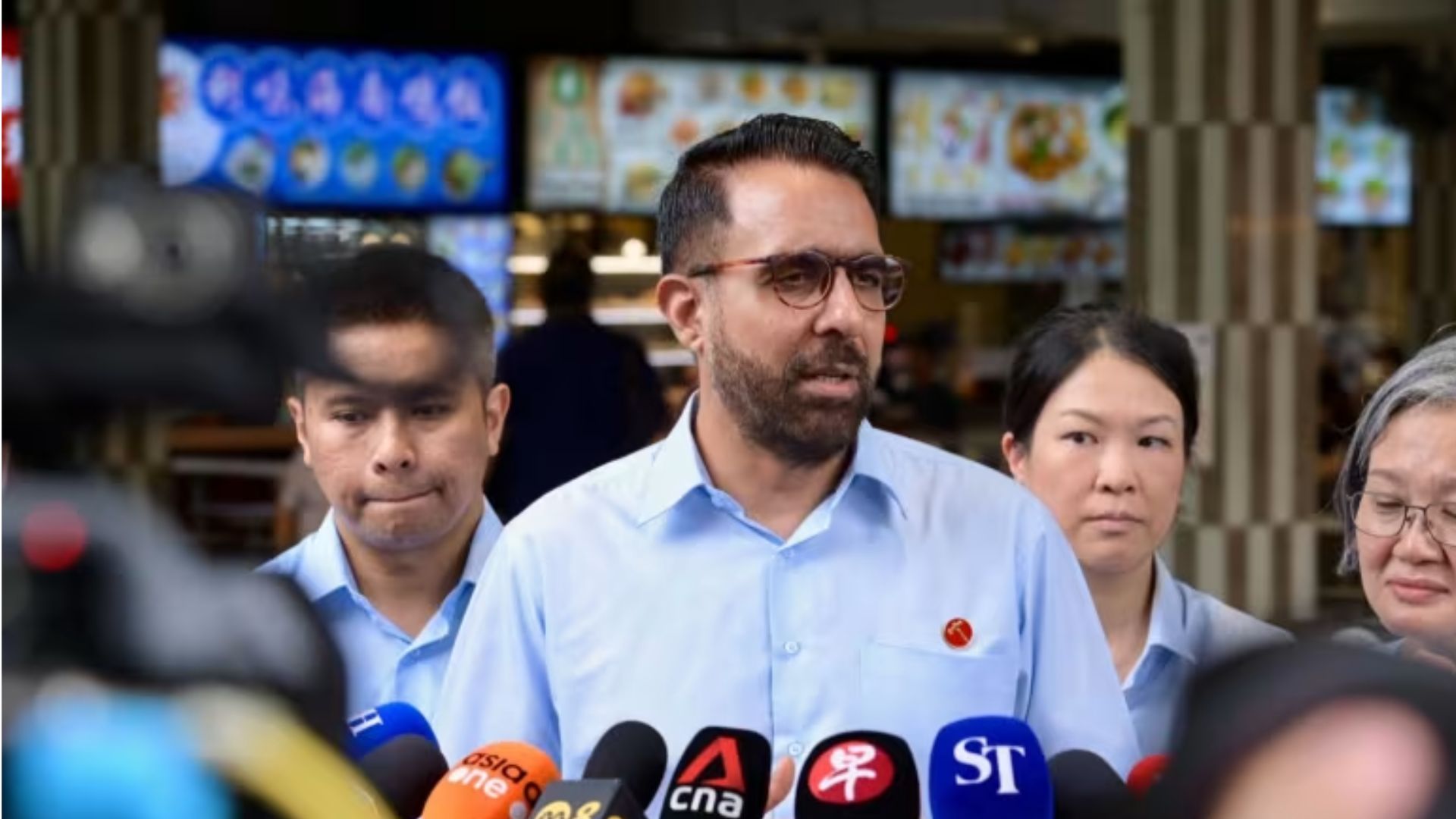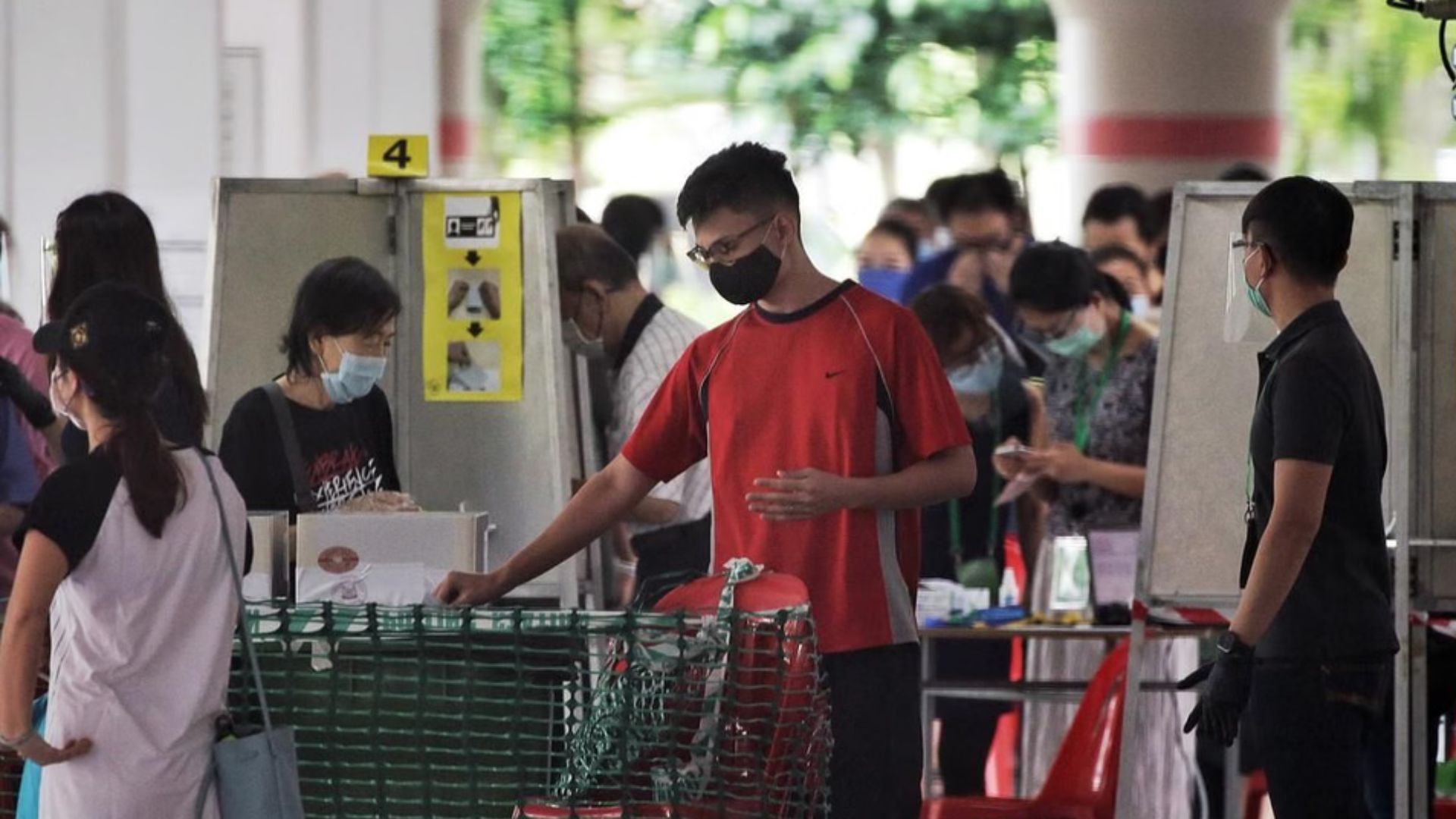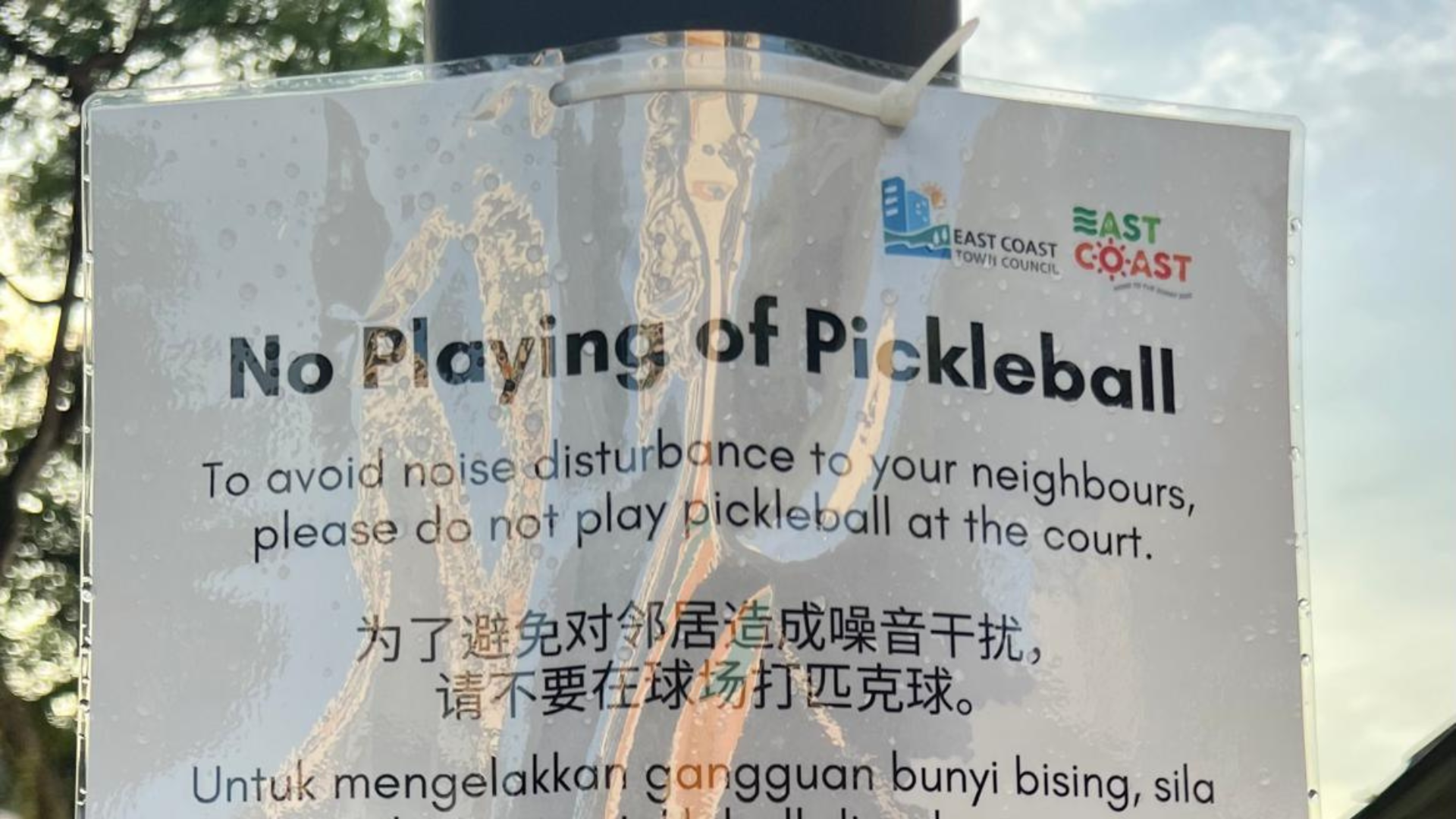Language is often used as a badge of identity to include or exclude others. While abroad, it is easy to distinguish fellow Singaporeans by picking up on the distinctive Singlish accent as well as the additional lahs and lehs at the end of their sentences. It also helps if the Singaporean is flip-flopping around with slippers and casual summer wear.
To better understand how Singlish unites Singaporeans and divides its non-speakers, perhaps it is useful to understand how Singlish came to be a language of its own.
The three concentric circles of language
Touted as the father of Linguistics, Braj Kachru devised a comprehensive diagram explaining the different types of language in 1985. The three concentric circles model of the English language aptly separates English speakers as natives stemming from the inner circle, and non-native English speakers who take English as a second language in the outer and expanding circles.
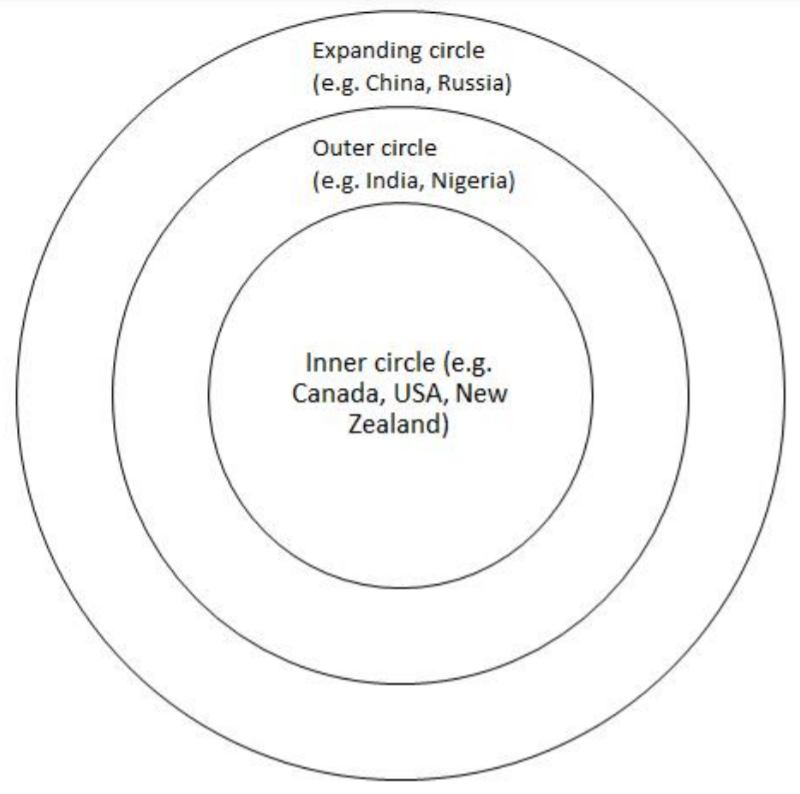
Of course, these circles may not be entirely applicable in today’s globalised world, where Singaporeans are effectively bilingual, and English is increasingly the global lingua franca and a language of business. The diagram is limited in reflecting the reality of English use, and may be an oversimplification of the language’s origins.
However, this model aptly summarises where Singapore used to be many decades ago — in the outer circle. Back then, English was not the official language. It was only after Singapore gained her independence in 1965 that, English, Malay, Mandarin and Tamil were proclaimed under Article 153A of the Singapore Constitution as its four official languages.
Even then, it took over two decades for English to become a compulsory subject in schools. English was finally taught as the first language in all Singapore schools in 1987.
As evident, Singaporeans’ mother tongue and dialects preceded the use of English. After English was introduced, Singaporeans inevitably mixed their own languages and flavours into it, creating Singlish.
The rojak language
As Singaporeans combine different sources of language together, only fellow Singaporeans with the same schematic knowledge will be able to understand each other. For example, the sentence, “I buay tahan your face”, may not be understood by English speakers since ‘buay tahan’ is not present in the English language.
Even within a single sentence of utterance, many different languages and dialects can be intertwined. Take the following sentence for instance, which can be understood by most Singaporeans:

Besides English, Mandarin, Malay and Tamil, there are also dialects such as Cantonese and Hokkien/Hakka in the mix. Ending the sentence with ‘one’ is not characteristic of any particular language, but may have been developed as Singlish matures.
Besides having its own words, Singlish also has a distinctive way of pronunciation that makes it audibly outstanding. “Puncit” becomes “pumchek”, and “A-level” becomes “air-level”. Over time, the sprouting of new phrases also added colour to Singlish, with phrases such as “act blur”, “itchy backside”, “stir ah stir”, “kua kua”, and “tom pang”.
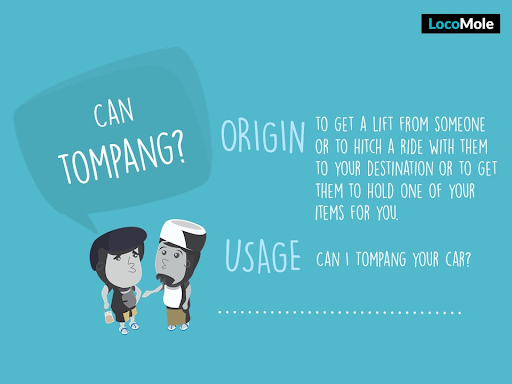
With time, Singlish became rampant, so much so that the government had to step in.
The Speak Good English Movement
Singlish got so bad that the government sparked the Speak Good English Movement and weeded dialects from national TV shows.
“When the Chinese dialects were ejected from the public sphere, they escaped into Singlish. Early years of the ‘Speak Good English Movement’ helped give Singlish an edgy, rebellious reputation it didn’t have before,” says Gwee Li Sui, Singaporean poet, graphic artist, and literary critic.
Then-prime minister Goh Chok Tong said during the launch of the Speak Good English Movement that Singlish was “English corrupted by Singaporeans”. During his National Day speech that year, he noted Phua Chu Kang’s popularity and suggested that the character used too much Singlish, and joked that perhaps he needed English classes. Following these comments, the use of Singlish by Phua Chu Kang was toned down in future episodes of the sitcom.
However, the power of Singlish in uniting Singaporeans has since ballooned. As the usage of Singlish became more widespread and as Singapore gained more prominence in the global business arena, Singlish became increasingly recognised, so much so that it appeared in the Oxford English Dictionary’s radar.
Official recognition by Oxford
Singlish was recognised by the Oxford English Dictionary when they announced the addition of 19 Singlish words to its lexicon. These words include “ang moh” (Caucasian), “shiok” (delicious or great) and “lepak” (to relax).
While this does not mean that students will be able to use these words freely in their official examinations, it does reveal the wider acceptance of Singlish as a language.
Singlish unites its speakers
As Singaporeans were the ones who developed Singlish, it naturally became a marker of identity over time. This is particularly crucial in a young country like Singapore, which has a shorter history compared to its neighbours.
Tourists find the language difficult to comprehend, and residents who are new to Singapore are perplexed about its nuances. Even a simple word ‘can’, when paired with other words, adopts a whole new meaning.
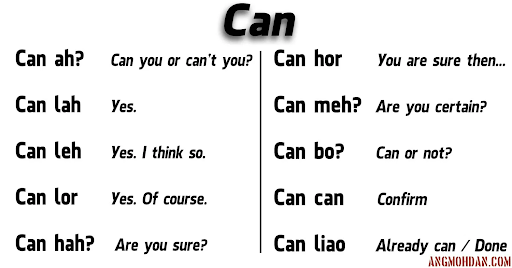
Adding lah, leh, lor, liao, ha, hor, mah, meh, or siah to ‘I dun have’ also alters the meaning drastically.
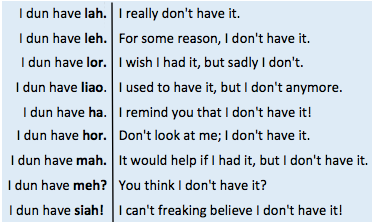
In the example above, the addition of ‘lah’ adds more emphasis and a sense of finality to the sentence. If the speaker uses a curt tone of voice, he can seem impatient or annoyed. If a gentler tone is employed, it can make the sentence seem like a suggestion.
‘Lor‘, on the other hand, can express agreement, resignation or dismissiveness.
Singlish reflects how time-strapped Singaporeans are
The sentence structures above all have one thing in common, which is their ability to express complicated nuances in a short sentence. Singlish reflects how busy Singaporeans are. In a climate where everyone is rushing all over the place, saving time by shortening the number of syllabus articulated seems like the only wise thing to do.
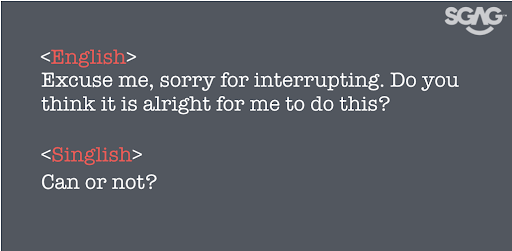
Over time, Singlish brought fellow Singlish speakers closer together and separated those who are unable to comprehend it.
Singaporeans can code switch
One reason behind the survival and widespread of Singlish here in Singapore lies in the ability of Singaporeans to code switch. With a strong foundation in the standard British English taught across schools, Singaporeans are well positioned to choose amongst standard English, their mother tongue and Singlish.
Essentially, Singaporeans can code switch effortlessly based on the situation that they are in. In global business discussions where non-Singaporeans need to feel included, they can use the Standard British English. When ordering food from the cai png auntie at the kopitiam, Singlish is more appropriate.
Singlish is a marker of identity
At the end of the day, Singlish has evolved from being outrightly banned, to becoming a valued identity builder for locals. There are now worldwide scholars of linguistics studying Singlish in detail, and books by local authors on the topic. In fact, a true Singaporean can be argued as someone who can speak Singlish fluently.
Join the conversations on THG’s Facebook and Instagram, and get the latest updates via Telegram.

